Five Things I Learned From a Day in VR
- Wednesday, April 13th, 2016
- Share this article:
Like just about anyones who been to a mobile conference recently, Ive dabbled in a lot of VR experiences over the past 12 months. But going to Bristols VR World Congress event was the first time Ive spent a full day bouncing from headset to headset, and the overall experience is completely different.
Here are five lessons I took away from my day in VR:
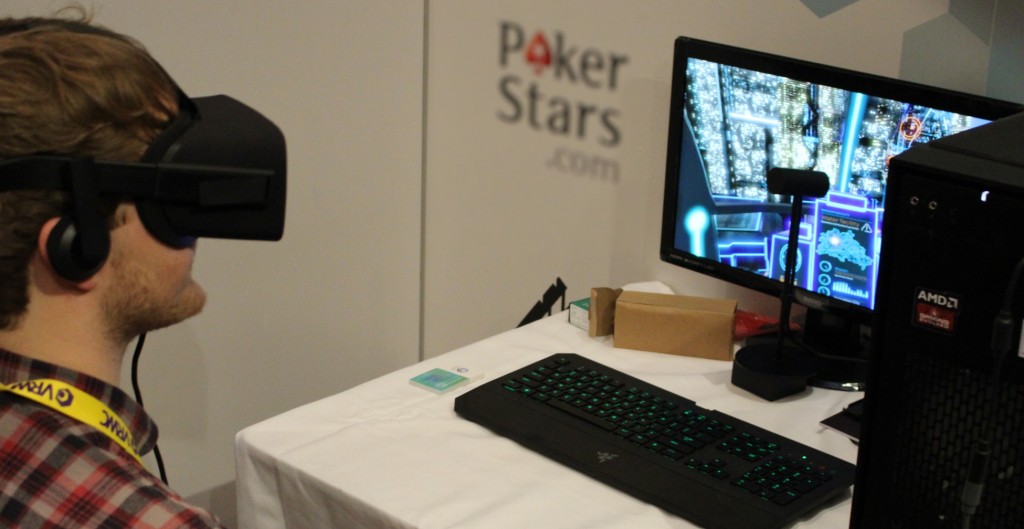
1. Have a sick bag ready
Motion sickness has always been a problem with VR, though its recently been getting better thanks to improved frame rate and refresh rate making the images feel more natural. “A year ago, it was impossible to talk about VR without mentioning motion sickness,” said AMD corporate vice president Roy Taylor. “But today thats no longer the case.”
From personal experience, though, I can attest that this problem isnt completely solved. According to Triangular Pixels creative director Katie Goode, there are a number of factors that can contribute to making the user feel queasy, including the eye twitch caused by virtual objects moving too fast to the differences in G-force between the virtual world and your real, stationary body. But in my experience, all it took was things feeling a bit off.
While trying out an experience built for AT&T, designed to show off the security on its internet of things using a Tron-style city of the future, my character climbed into a (connected) car – but an issue with head position tracking caused it to load at the wrong angle. Suddenly I found myself staring into the wing mirror as the car sped through the virtual city, flickering in and out of view as it tried to correct itself.
The effect was roughly analogous to doing three tequila shots at once, and as soon as I finished the experience and wrenched the goggles off my head, I had to run outdoors for a quiet sit-down.
Even after that rest, I found that as soon as I put another set of goggles on, I felt a low-level queasiness. I dont think this was down to the qualities of those latter experiences but just a cumulative effect, which never quite disappeared throughout the day.
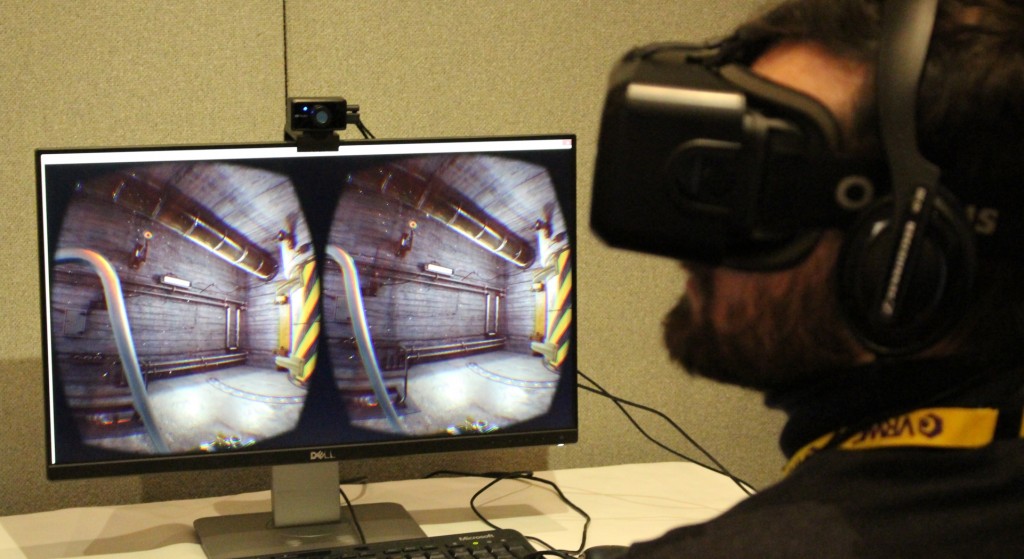
2. Movement is a problem
One solution to the motion sickness problem was shown to me by developer nDream.
Movement in its story-led first-person game The Assembly is handled by looking at the spot you want to move to, and then pressing a button to teleport to it. This was apparently chosen because letting people walk around as they would in a normal video game led to them feeling sick – but in an immersive world the artificiality of this navigation method stood out enough to make the experience a little uncomfortable.
A lot of the games and experiences I played got around this simply by putting you on a fixed track to travel around the world, or not moving at all. In some cases there was a justification – like your character being wheelchair-bound, as in other segments of The Assembly – but it can lead to feeling trapped, which can be a little overwhelming when VR is trying to convince you that you really are that character.
Its easy to see why these decisions were made, though. In experiences where I had used an analogue stick to control movement or the direction my character was looking, this clashed with the head-tracking controls and broke the sense of immersion.
The best solution Ive experienced so far comes from the HTC Vive, which uses two Lighthouse sensors to detect your physical movement around a space – great, as long as youve got a huge empty living room or cordoned-off area to use it in.
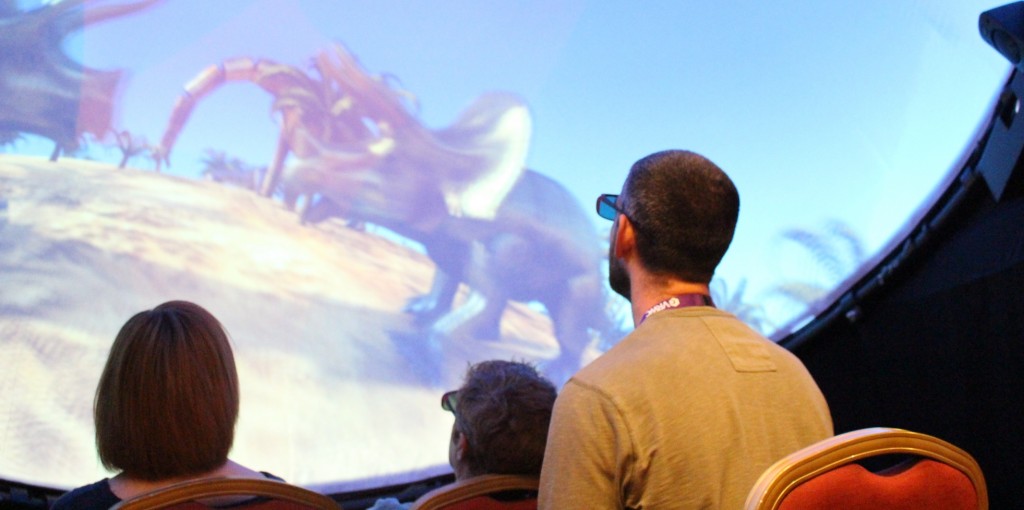
3. Intimacy is important (and immersive)
It sounds simple, but one of the most effective tricks that VR headsets have at their disposal is shutting the wearer off from the world around them. That foam around the eyepiece might not be the most high-tech part of any headset, but it serves a vital role. The importance of this effect is most obvious when its absent.
My first experience of this was with the LG 360 VR. Its a very lightweight headset, but that has the effect of making it feel a little flimsy, and the decision to sit it on users ears like a pair of glasses rather than using an elasticated strap means theres no seal closing them off from the outside world, and the sense of immersion quickly ebbs away.
At the show, NSC Creative was using a rather unusual medium to demo its VR work: a tent. Attendees sat inside its curved walls wearing 3D glasses, as images were projected onto its large curved screen. The overall effect wasnt too dissimilar to some VR experiences – youre left free to look around you – but the extra distance between image and eye completely undermines the feeling of being in another world.
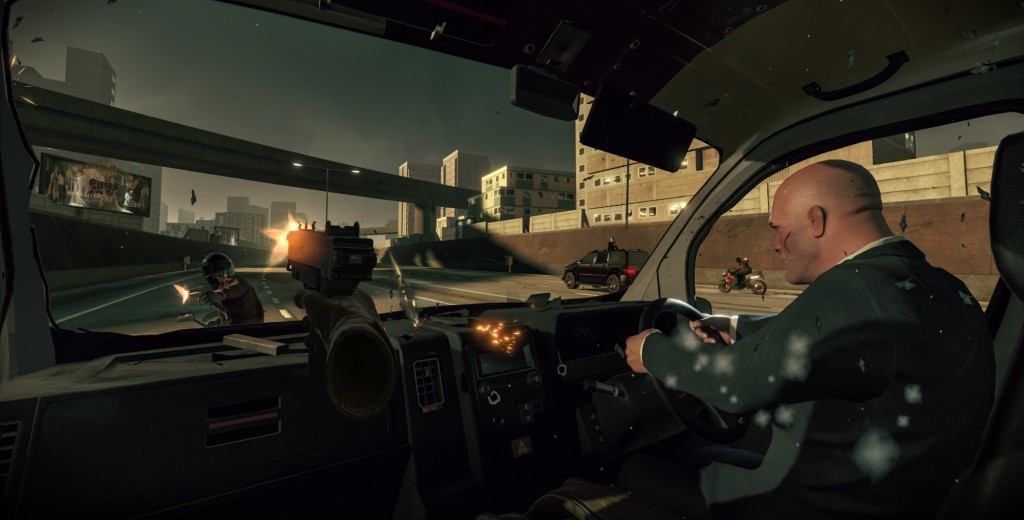
4. The little things matter
Once the sense of immersion has been established, its vital that the experience does nothing to break it. Small issues that will be familiar to any long-time gamers – like small non-interactive objects that are apparently bolted to the nearest surface, or clipping through walls – are dealbreakers in VR.
VR developers refer to this as consistency. Any items that the user would logically be able to touch in a real situation should be interactive – and that goes double for any that use motion controllers as the users virtual hands. Developer Sam Gage used the example of a driving sequence from the PlayStation VR game The London Heist which puts the player in the passenger seat.
Users expect to be able to open the glove compartment, change the radio and wind down the window, he said, but real-world logic means that they understand the steering wheel isnt interactive, because someone else is driving. (The gear stick, Barlow noted, was something of a grey area.)
These details are what Julian Price, CMO of VR sociable network vTime, calls the “small brush strokes” and theyre vital to truly sell the illusion of VR to users.
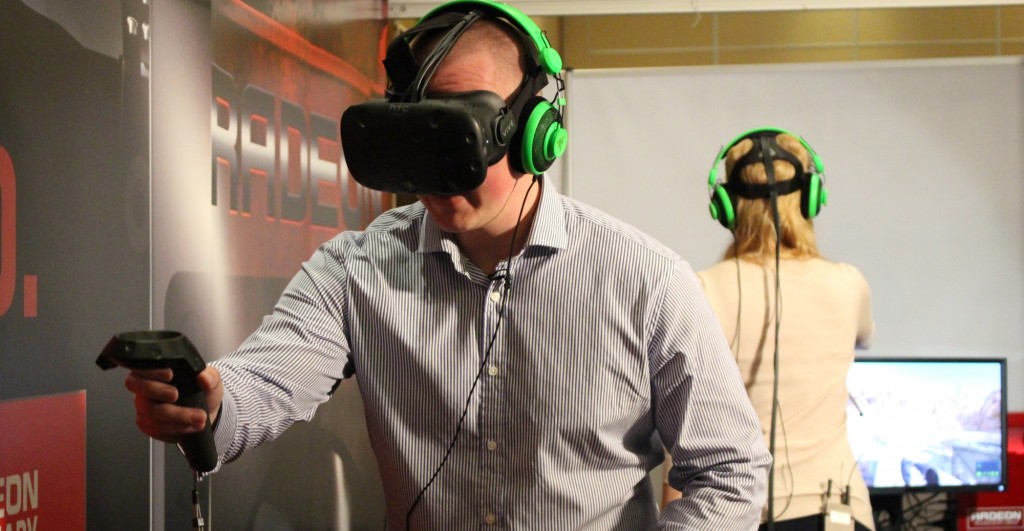
5. High-end VRs immediate future might be as a showpiece
In the short-term, the dominant force in consumer VR is going to be entry-level devices that require a smartphone for their functionality. According to IHS, Google Cardboard will take the biggest single share (21 per cent) of the VR install base in 2016, followed by Samsung Gear VR (16 per cent).
While Gear VR has good potential for growth – in the UK alone, 2.7m people currently own a smartphone thats compatible with Samsungs headset – Cardboard looks like its going to continue dominating. Thats largely because of the amount of brands offering the viewers for free – IHS estimates that 79 per cent of all new smartphone-powered headsets in 2016 will come from giveaways.
On the other end of the spectrum, the likes of Oculus Rift and HTC Vive will only be bought by early-adopter gamers and tech nerds, accounting for just three and four per cent of the 2016 install base respectively. So what future lies ahead for these high-powered headsets?
It might sound strange but, exactly the scenario youre most likely to have encountered them in – at trade shows. The AT&T experience I mentioned earlier, along with the numerous other branded experiences on developer Opposable VRs stand, was created specifically to draw people onto AT&Ts stand at events.
Its certainly a much more effective way to catch peoples eyes than giving away pens or stress balls, and one which actually benefits from the relative scarcity of high-end VR headsets being used in the home. Whether thatll prove to be a jumping-off point for the technology, or a dead end, remains to be seen.

















